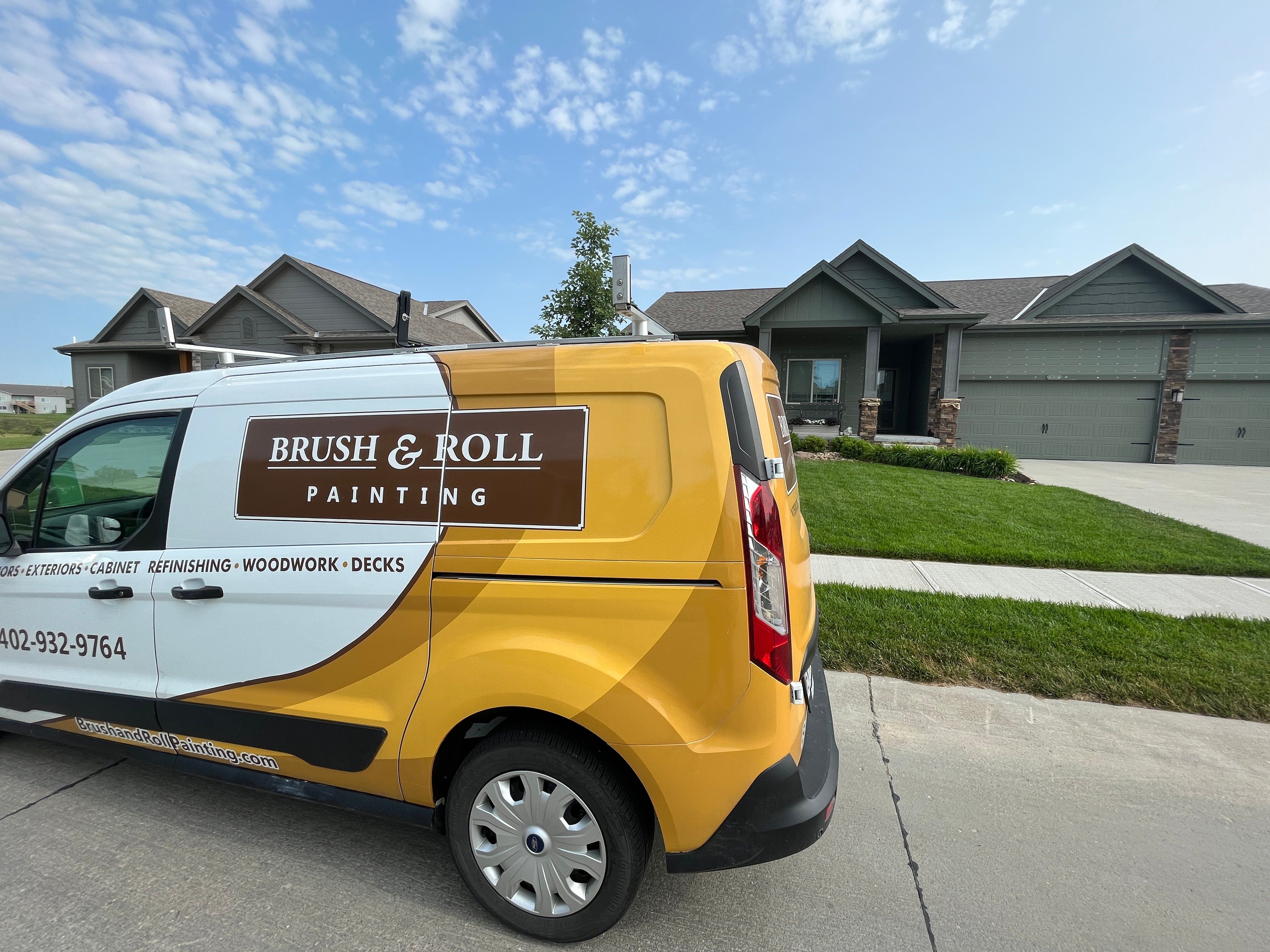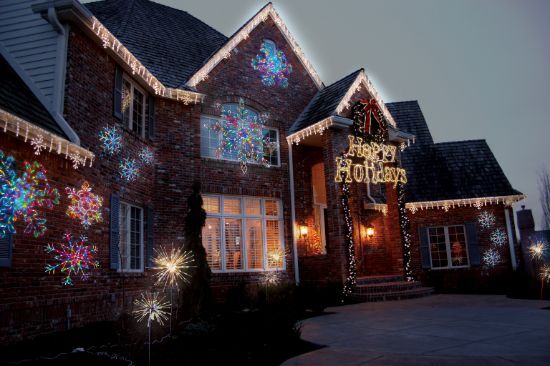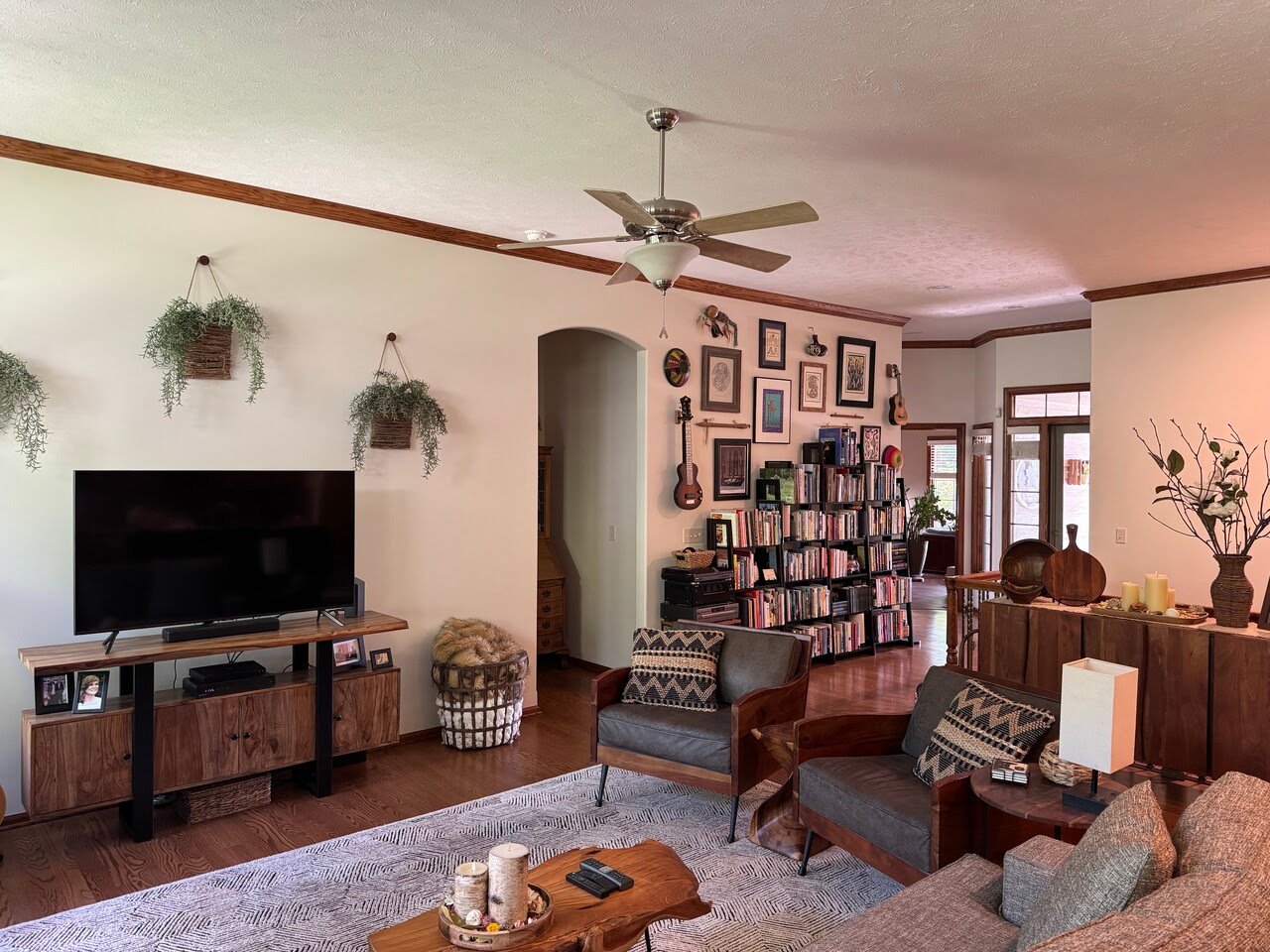5 Years of Innovation: How the Painting Industry Has Changed
June 9th, 2023
3 min read
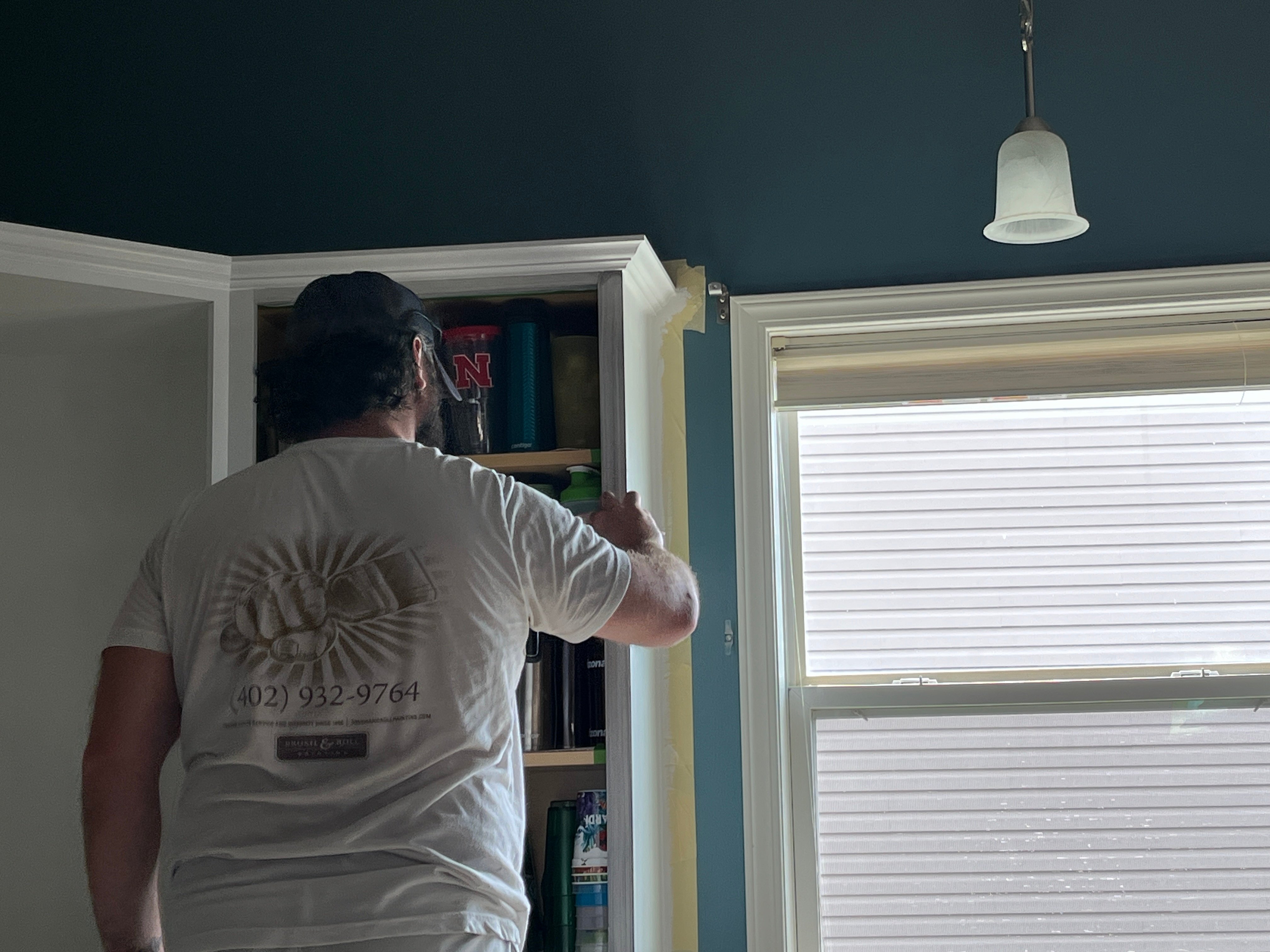
The painting industry is an essential part of the construction and renovation business. Painters are responsible for beautifying homes and businesses by applying coats of paint to walls, ceilings, and other surfaces. In the last 5 years, the painting industry has undergone significant changes due to advancements in technology, the demand for eco-friendly options, and the need for customized solutions.
Brush & Roll Painting in Omaha, NE has been in the industry since 1996. Owner Bill Carlson is a second-generation painter who has picked up valuable knowledge and skills and has noticed plenty of changes in the industry throughout the years.
In this article, we will explore in detail how the painting industry has changed in the last 5 years. We will examine the various factors that have driven these changes and the impact they have had on the industry and consumers like you. By reading this article, you will know how your next painting project may be affected by these changes.
Technology is playing a bigger role
Technology is revolutionizing the painting industry. Painters are now using advanced tools and equipment to help them achieve better results in less time.
For example, spray painting machines have become more popular, allowing painters to cover larger surfaces in less time. This feature gives you a smaller final price since the labor is not as intense as brushing. Though spraying is not an ideal application for all surfaces, like interior walls, it can be used in some cases for exteriors and cabinets.
In addition, computer programs are being used to help people visualize how a room will look with different colors and textures. This helps you ensure that you choose the best color for your space.
These tools have helped to make the painting process more efficient and accurate.
Painting a greener future
In recent years, there has been a growing emphasis on sustainability in the painting industry. Paint manufacturers have responded to this demand by creating eco-friendly paints that contain fewer harmful chemicals.
These paints are better for the environment and for the health of those who live and work in painted spaces. Consumers are responding positively to these sustainable practices, and many are willing to pay more for environmentally friendly options.
An example of a sustainable type of paint product is low-VOC or zero-VOC paint.
VOCs are types of chemicals used in solvents. Their main purpose is to act as a medium while transferring paint in a can to its intended surface. These have high vapor pressure and low water solubility.
While paints have safe levels of VOC, as the federal government regulates it, they can be harmful when breathed in large amounts. The cap is 250 grams per liter for flat finishes and 380 g/l for other finishes (like semi-gloss).
Many paint companies make low VOC paint or zero-VOC paints. Low VOC paint, or LVOC for short, contains 50 g/l or less of this chemical. Depending on the other ingredients, these paints can still be low or high quality. However, low-quality paints are typically made with more solvents, so they likely have more VOC levels.
Growing demand for customization
Customization with colors and trends has become a significant shift in the painting industry. Consumers are looking for unique solutions that fit their tastes and preferences.
Painting is a great way to express color or creativity throughout a home. Personal style can be displayed by a colorful accent wall or kitchen island. Many options for painting have been growing in recent years.
Shortage of skilled labor
The painting industry needs more skilled labor, which has created a challenge for companies. Many painters are nearing retirement age, and there are not enough young people entering the industry to replace them.
This shortage has led to longer wait times for painting services and higher costs.
Increased competition
The rise of online marketplaces and directories has increased competition in the painting industry. Consumers now can access a wider range of painters and easily compare prices and services.
The painting industry doesn’t require any credibility, so anybody can be a self-proclaimed painter. When people provide painting services without quality and value to customers, their work may only last a few years before being easily damaged. This is easily a waste of customers' time and money.
Because of this, customers now have to pay close attention to who they hire to complete a painting project or who they look to for an estimate.
To ensure that you are hiring a great painting contractor for your project, beware of the red flags.
Painting the Future
In the past 5 years, the painting industry has undergone significant changes driven by technology, sustainability, consumer customization demand, a shortage of skilled labor, and increased competition.
Looking ahead it is clear that the painting industry will continue to evolve and change. Advances in technology will likely play an even larger role in the industry, with more painters using digital tools to streamline their processes and improve the customer experience. Sustainability will also remain a priority, with painters using eco-friendly paints and exploring new ways to reduce their impact on the environment.
Furthermore, the industry may face new challenges and opportunities, such as changing consumer preferences and the emergence of new painting techniques and materials. By staying up-to-date with the latest trends and developments, you can better understand the changes you may be affected by while hiring a painting contractor.
When you’re ready for your next painting project, schedule an estimate with Brush & Roll Painting. We take pride in using high-quality materials and having a detailed prep work process.
Next, find out the misconceptions that revolve around hiring a painter so you can know the truth during the process.
Kaylea is the Brush & Roll Painting Content Manager. Kaylea is a Journalism and Media Communications summa cum laude graduate with a minor in Marketing from the University of Nebraska at Omaha. Kaylea manages the marketing for Brush & Roll Painting.
Topics:














-Jul-23-2025-02-21-33-5468-PM.png?width=800&height=418&name=Blog%20Post%20Image%20Size%20(2)-Jul-23-2025-02-21-33-5468-PM.png)



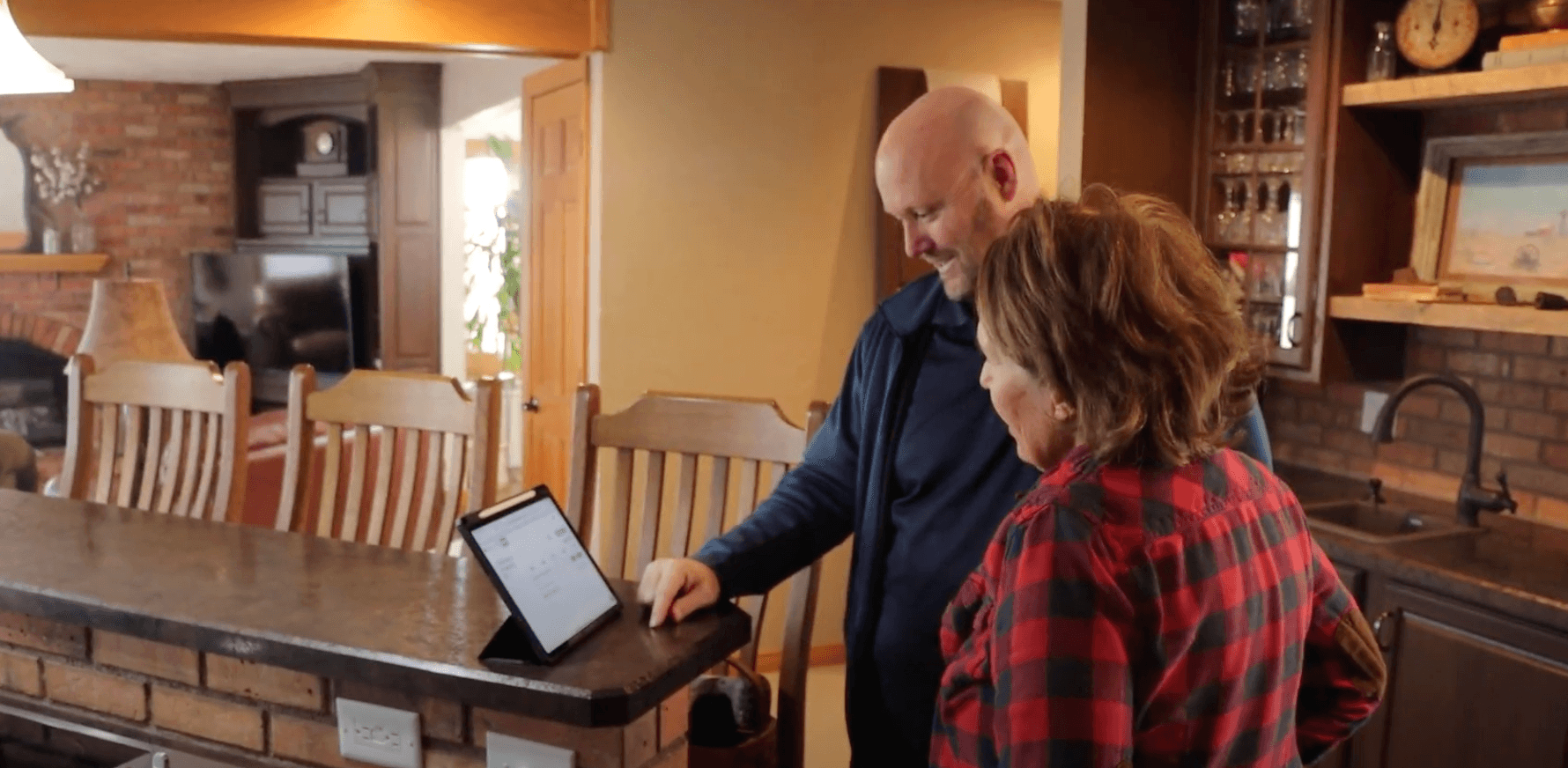
-Oct-22-2025-01-39-19-5208-PM.png?width=800&height=418&name=Blog%20Post%20Image%20Size%20(1)-Oct-22-2025-01-39-19-5208-PM.png)
